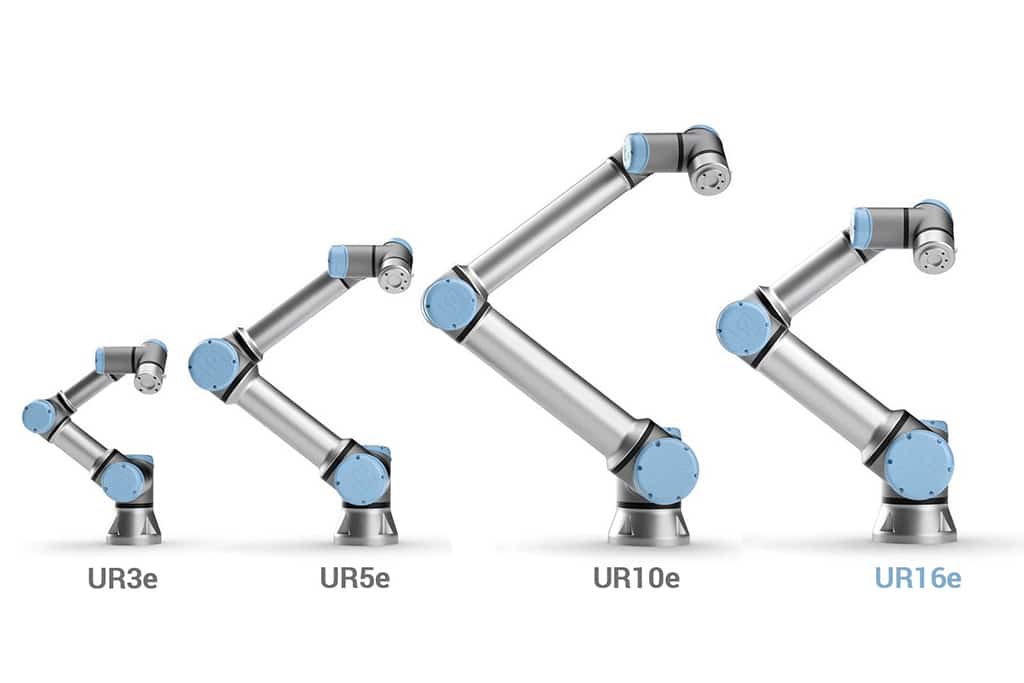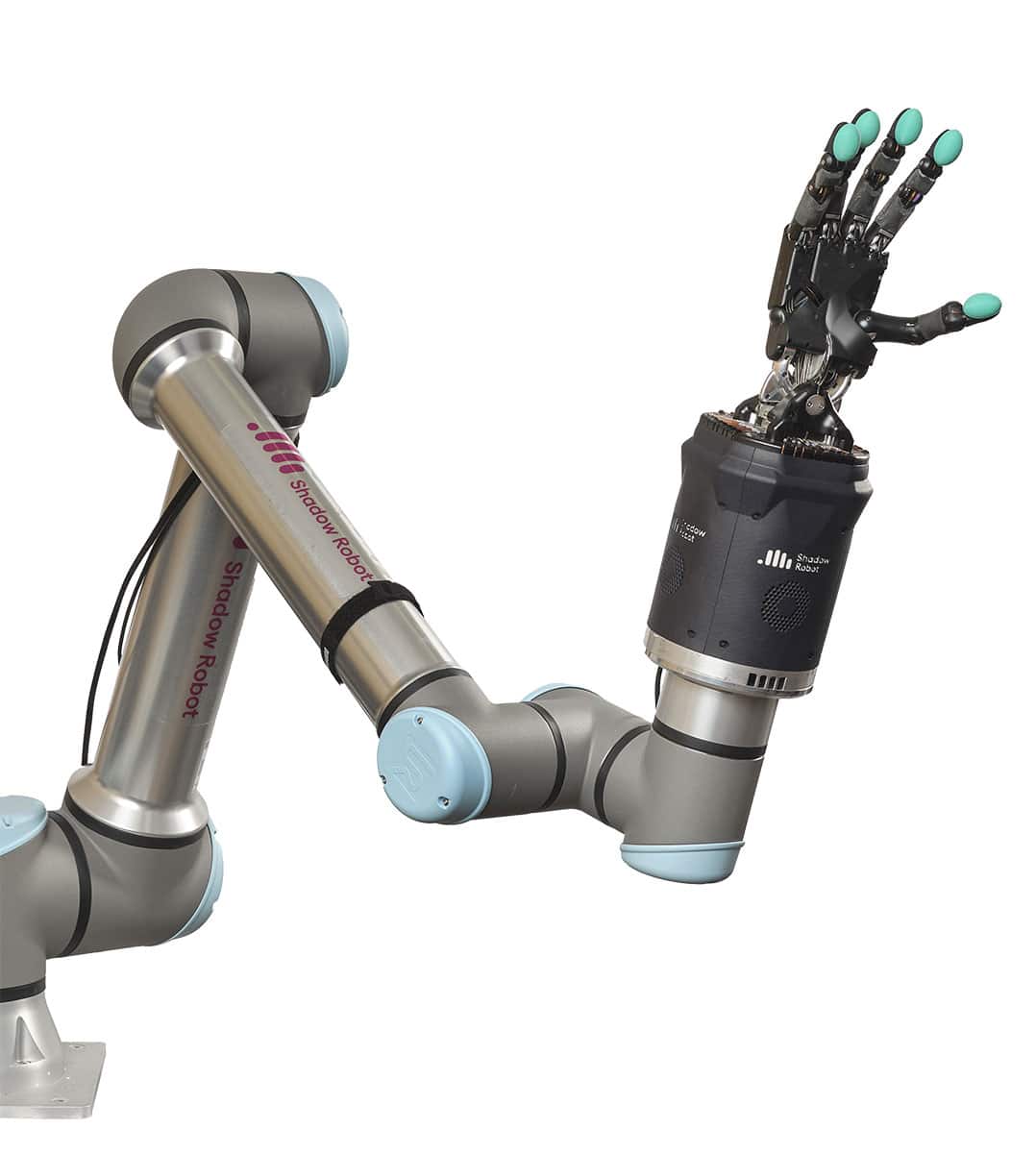How Does a Robotic Manipulator Work?
Aug 1, 2023

A robotic manipulator — or robotic arm — is an electronically controlled component with several segments to allow movement. Here’s a closer look at how they function and why people design them in particular ways.
The Importance of Links, Joints and End Effectors
 Manipulators have links and joints. Links are rigid sections and joints are where bending occurs as the robot operates. Besides allowing movement, joints facilitate ease of repair. Once a technician locates a faulty joint, they can remove and replace only that one rather than addressing other, non-involved parts of the robotic arm.
Manipulators have links and joints. Links are rigid sections and joints are where bending occurs as the robot operates. Besides allowing movement, joints facilitate ease of repair. Once a technician locates a faulty joint, they can remove and replace only that one rather than addressing other, non-involved parts of the robotic arm.
Manipulators also have dedicated attachments that allow them to interact with their environments. Those parts are called end effectors. The end effectors fall into two main categories — grippers and tools —depending on their purposes.
Grippers use magnets, vacuums or mechanical principles to grasp objects. Moreover, if a robot must lift, touch or release things, it will also have grippers. Most grippers have dexterity capabilities similar to human hands and they’re getting even more capable as researchers explore new possibilities. Many industrial leaders use robots for automated warehouse picking. Grippers are major parts of why those machines do that task so well.
The tool category of end effectors includes options such as drills, sprayers and clamps. Whenever a robot’s functionality requires using a specialized attachment, it invariably has tool-type end effectors.
Robot Manipulator Configurations to Know
Robot manipulators work in various configurations that impact how the machine operates in a space. They are as follows:
- Cartesian: The robot can move in straight lines, allowing it to make box-like shapes if necessary.
- Cylindrical: The robot’s arm can turn around or move up and down a center axis.
- Spherical: The robot moves around a primary axis, as well as a secondary one located at a 90° angle to the primary.
- Delta/Parallel: This configuration enables the robot to have the fastest movements, using sweeping motions to move outward quickly.
- Selective Compliance Articulated Robot Arm: This configuration has pivot points, allowing the robotic arm to move in Cartesian and cylindrical directions.
- Articulated: This configuration requires robots to have a wrist and elbow joint, along with at least one shoulder joint.
The configuration of a robot manipulator also determines its work envelope — or the geometric shape in which the machine operates. People must make work envelope-related decisions before deciding what they want the robot to do. From there, they can also make associated choices, such as how much to spend on a robotic manipulator.
There’s usually a relationship between how advanced a component is and how much it costs. However, many decision-makers often feel the overall expense is worthwhile due to how much the robots will help their businesses.
Power Options for a Robotic Manipulator
People designing or choosing robotic manipulators have several options to power them. One possibility is to have each joint powered by servo or electric motors called actuators.
Servo motors have built-in error-sensing capabilities ensuring they operate within a user’s desired parameters. They produce torque and velocity according to the current, voltage and information coming from the servo controller.
Alternatively, electric motors transform electrical energy into mechanical energy. They also change voltage and current into torque. These power possibilities are often chosen for robots that will move rotationally.
However, some people want options beyond servo and electric motors. Pneumatic systems work well in such cases. They give a robotic manipulator fluid movements and offer a precision of up to 2 millimeters with 0.02-millimeter repeatability.
A pneumatic system converts stored energy from a reservoir into compressed air. Then, valves control how each component moves, opening or closing to achieve the necessary motion.
Research has also shown how robotics could get energy from their surroundings. Such innovations would be especially useful in environments where electrical outlets are unavailable and it’s too cumbersome to power robots with batteries. Some projects relate to solar-powered robots, especially when the intended applications are outdoors.
A University of Pennsylvania team also developed robots that get energy from metal and air. This innovative way to power robots has 13 times more energy density than lithium-ion batteries.
A Robotic Manipulator Is an Essential Component
No matter how a decision-maker uses a robot, the robotic manipulator will be vital in allowing that person to get great results. That’s why people must put substantial thought into manipulator-related details before investing in or designing particular robots. The conclusions about those components will significantly affect how the machines work and whether they give satisfying outcomes.
 |
Emily Newton is an industrial and tech writer who enjoys writing about the latest innovations changing our world. |